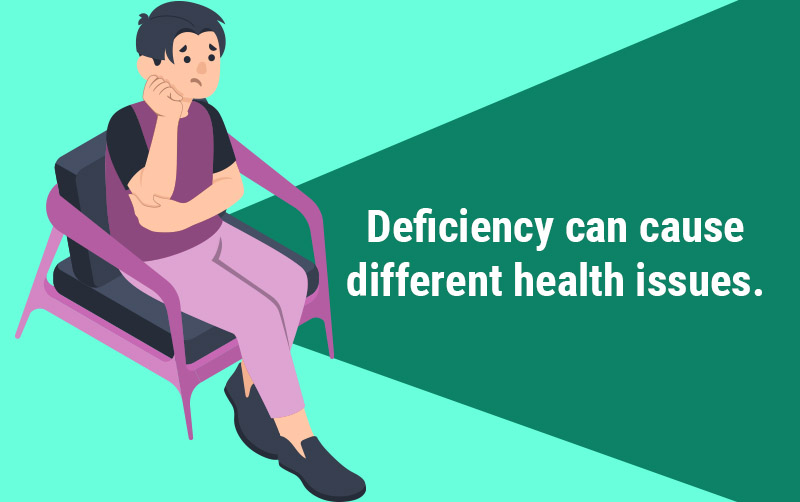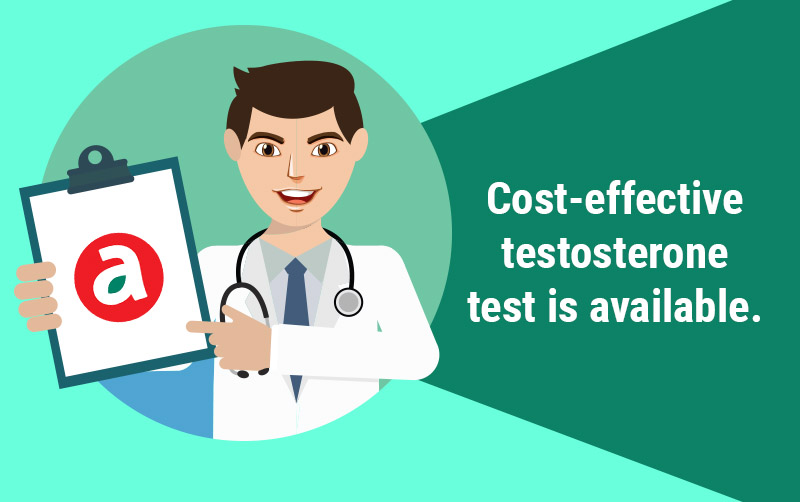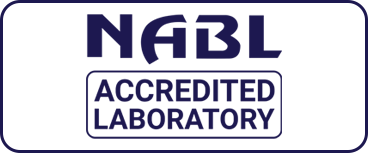The Signs, Symptoms & Treatment of Testosterone Deficiency You May Not Know
Apr 04, 2022
Low testosterone – also known as male hypogonadism – is a condition where the male reproductive glands (testes) produce less than the required amount of testosterone. Testosterone is the male sex hormone that is responsible for maintaining and developing:
- Male sexual features
- Physical muscle mass
- Adequate red blood cell levels
- Appropriate bone density
- An overall sense of well-being
- Male sexuality and reproductive functions
Almost 40% of the male population older than 45 years is affected by low testosterone conditions. Defining a normal testosterone level is far from easy given that the levels vary a great deal through the day. Certain other factors such as age, illness, use of certain medications, alcohol usage, nutrition, and body mass index (BMI) also impact the testosterone levels.

Low Testosterone: Causes & Symptoms
With increasing age, a man’s testosterone level starts dropping gradually. The natural decline starts from the age of 30 and continues over the rest of the years of his life with around 1% annual decline. Several other causes could also contribute to a low testosterone, such as:
- Injury – any trauma to the testes
- Chemotherapy to control cancer
- Pituitary gland dysfunction
- Certain medications such as steroids and opioids
- Liver cirrhosis
- Chronic kidney failure
- Syndromes such as Kallman and Klinefelter
- Excess estrogen production
- Obstructive sleep apnea
Low testosterone symptoms are dependent on a person’s age and generally include the following:
- Reduced sex drive
- Erectile dysfunction
- Depression
- Difficulty concentrating and remembering things
- Decreased feeling of well-being
- Irritability and moodiness
- Impeded muscular strength
Some of the other changes that could be seen among those with low testosterone are:
- Mild anemia and decreased hemoglobin levels
- Reduced body hair
- Osteoporosis
- Increase in body fat
- Gynecomastia (male breast formation)
- Infertility

Diagnosis of Low Testosterone
A blood test needs to be conducted and the testosterone level measured to diagnose testosterone deficiency in a person. Several tests could be necessary for accurately determining whether a patient has low testosterone since the levels tend to change through the day due to numerous factors. The highest levels are typically observed in the morning around 8 a.m. and doctors are likely to advise a testosterone test early in the morning. A testosterone test cost in Kolkata is affordable and you can get a timely, accurate result by consulting a reputed lab for the same.
Treating Testosterone Deficiency
Testosterone replacement therapy is the most preferred treatment for addressing testosterone deficiency issues. This can be done in the following ways:
- Intramuscular injections administered every 10 – 14 days
- Regular use of testosterone patches on various parts of the body and testosterone gels. The gels need to be used carefully to prevent unwanted transfer to other people or a partner.
- Pellet implants used under the skin and replaced every two months.
Benefits of Testosterone Replacement Therapy
The benefits of a testosterone replacement procedure are:
- Avoiding issues arising out of delayed puberty in male
- Fat loss
- Enhanced bone density and osteoporosis prevention
- Enhanced sexual performance
- Better mental sharpness
- Increase in physical performance and muscle strength
Side Effects
There are certain side effects to this procedure as well:
- Oily skin and acne
- Mild fluid retention causing swelling in the ankles
- Stimulated prostrate, leading to urination issues
- Tenderness and enlargement of breasts
- Smaller testicles
If you have opted for a hormone replacement therapy, it is very important that you have regular physician follow-ups to ensure the procedure is progressing well. With affordable testosterone test prices in Kolkata, ensuring you stay updated with the test results will be easy and enable you to lead a healthy lifestyle.



